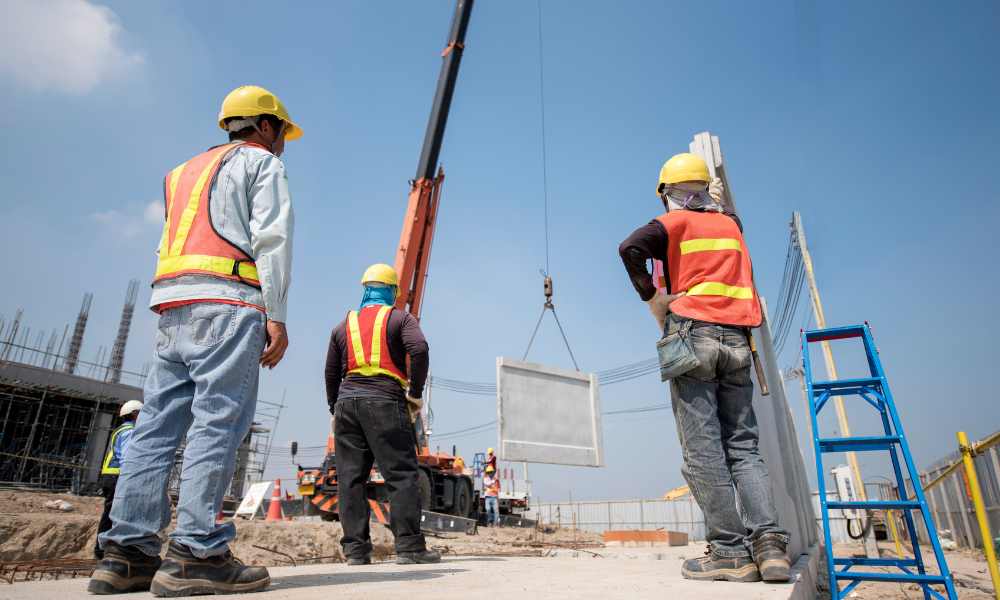Concrete is an essential material in the construction industry; it offers strength, durability, and versatility. However, working with concrete can be challenging and requires proper techniques to ensure a successful outcome. Discover some valuable tips for working with concrete in construction to help your company achieve optimal results.
Choose the Right Type of Concrete
Selecting the appropriate type of concrete is crucial for the success of your project. There are various types of concrete, each with its own composition and characteristics. Some are made for specific applications, such as high-strength concrete for heavy-load structures or lightweight concrete for reduced weight in elevated constructions. Ensure you choose the right type that suits your project’s requirements.
In many cases, precast concrete is a more reliable product than traditional poured concrete. It’s manufactured off-site in a controlled environment, ensuring consistent quality and characteristics. Precast concrete can save time, reduce waste, and improve structural integrity.
Properly Prepare the Site
Before pouring concrete, it is crucial to prepare the site thoroughly, including excavation, compaction, and grading. This process ensures a solid and stable base for the concrete structure. Make sure you remove all debris, loose soil, and vegetation that could compromise the concrete’s stability or durability.
Use Sturdy Formwork
Formwork plays a critical role in shaping the concrete and providing the required support until it gains sufficient strength. Ensure you use sturdy and reliable formwork that allows for the smooth and precise shaping of your structure. Take the utmost care when designing and constructing your formwork, considering factors such as the concrete’s weight, lateral pressure, and curing time.
Ensure Proper Mixing, Pouring, and Curing
The quality of the concrete mix plays a pivotal role in determining the strength and durability of your structure. Always follow the manufacturer’s recommendations for water-to-cement ratio, aggregate size, and admixtures to ensure optimal results. Additionally, keep an eye on the weather conditions, as it can affect the mixing and pouring process. For example, hot weather can cause the concrete to cure rapidly, while cold temperatures slow down the curing process.
Pour the concrete as quickly and efficiently as possible, avoiding delays that could affect the final result. Monitor the slump of the fresh concrete, which is an indicator of its workability. Proper compaction techniques such as vibrating or tapping the formwork help eliminate air pockets and ensure a solid, uniform structure.
Curing is a critical process that allows the concrete to gain strength and reach its maximum potential. It involves maintaining adequate moisture, temperature, and time conditions for the concrete to harden properly. Don’t rush the curing process, as this could lead to weak, brittle concrete that is prone to cracking.
Implementing these tips for working with concrete in construction can significantly improve the quality and longevity of your projects. With this new knowledge, you’ll be able to use concrete more effectively, achieving optimal results with fewer mistakes.





